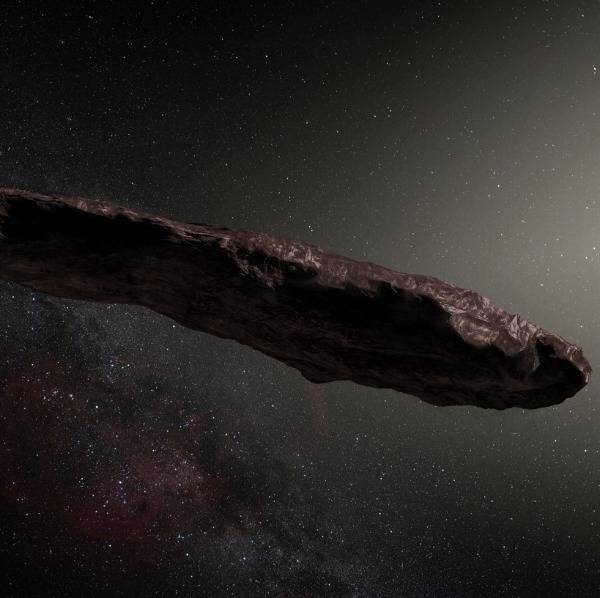
There has been a lot of excitement lately about harnessing nuclear fusion, the power source of the sun and stars, and so gaining access to limitless green energy. Is it all hype? Well, put it this way. The joke since the 1950s has been that commercial fusion is always 50 years away. Now it appears to be only 30 years away!
So, what is this promising process, able to produce abundant energy without greenhouse gases? Readers may be more familiar with nuclear fission, the process behind the atomic bomb and nuclear reactors, which involves splitting the core, or “nucleus”, of a heavy atom, to make lighter nuclei. In nuclear fusion, light nuclei are melded together to make a heavier one. When light nuclei like hydrogen fuse, or heavy nuclei like uranium split, surplus energy gushes out. Pound for pound, a nuclear fuel contains at least a million times as much energy as a “chemical fuel” like coal or oil.
It’s easy to see why nuclear fusion is so attractive, but let’s look at the practicalities. The sun fuses hydrogen into helium, with the by-product being sunlight, but the reaction is far too slow for use on Earth. Instead, the focus has been on gluing together deuterium (a heavy form of hydrogen that is readily available in seawater) with tritium (an even heavier but fast-decaying form, which has to be created by artificial nuclear reactions).
The difficulty with fusion is that light nuclei like hydrogen need to be slammed together extremely violently in order to overcome their mutual electrical repulsion, which is ferocious. Such collisions in practice occur only at an extremely high temperature. But, whereas the fusion of hydrogen in the sun requires a temperature of 15 million degrees, the fusion of deuterium and tritium requires a temperature of more than 100 million degrees.
And herein lies the problem. How do you generate such extraordinary temperatures on Earth without destroying everything in the vicinity?
There are two main approaches. One is to confine a super-hot “plasma” of deuterium and tritium by means of powerful magnetic fields in a machine with a doughnut or “torus” shape. The other is to compress and heat peppercorn-sized pellets of deuterium and tritium, one after another, by hitting them from all sides with mega-lasers.
Both fusion methods have scored significant successes of late, which is the reason for the current excitement. In December 2021, at Culham near Oxford, the Joint European Torus (JET) maintained the necessary fusion temperature for 5 seconds. Crucially, 59 million joules of energy more than was put in came out – enough to boil about 60 kettles. A year later, the US National Ignition Facility at the Lawrence Livermore National Laboratory in California got out 1.1 million joules more than it put in.
These are undoubtedly milestones on the way to a commercial fusion reactor, but there is a long journey ahead to scale up the technology. JET’s successor, the impressively huge International Thermonuclear Experimental Reactor, funded by 35 countries, is currently under construction in Southern France. But it will be only a test reactor, not a commercial reactor. And if laser-based, or “inertial”, fusion is ever to be viable, it will need to be able to induce fusion in not just one pellet but several pellets every second.
Currently, it is immensely hard to make a pellet that is perfectly spherical enough that it implodes sufficiently uniformly to create the necessary fusion temperatures. The cost per pellet will also need to come down from its current level of a few hundred thousand dollars to a few tens of cents. The challenges are substantial, but so is the promised reward: unlimited energy from seawater, one of the most abundant resources on the planet, with no greenhouse gases generated, at least not directly.
It’s important to be clear when it comes to green credentials. It is not quite true that nuclear fusion has no radioactive waste problems. Neutrons escaping from the fusion reactions cannot be confined by magnetic fields, on account of being electrically neutral, and will inevitably make the material of any containment vessel radioactive. Fusion proponents, however, say the radioactivity will not be as long-lived and problematic as from fission reactors.
If all goes to plan, a new era of clean and plentiful energy will dawn in the 2050s, with the construction of the first commercial fusion reactors. Unless, of course, some unexpected hitch occurs, flipping that horizon back to its perennial 50-year state.
This piece is from the New Humanist summer 2023 edition. Subscribe here.

